When Americans think about what’s broken in healthcare, one company name keeps coming up: UnitedHealthcare (UHC). As the country’s biggest health insurer, it has become the face of everything people hate about medical coverage in America. From sky-high costs to denied claims, this corporate giant sits at the center of a national healthcare crisis. The December 2024 shooting of its CEO was a tragic event that showed how deep these problems are. The incident revealed years of patient anger with a healthcare system that seems built to help everyone except the people who need care.
America’s UnitedHealthcare Giant
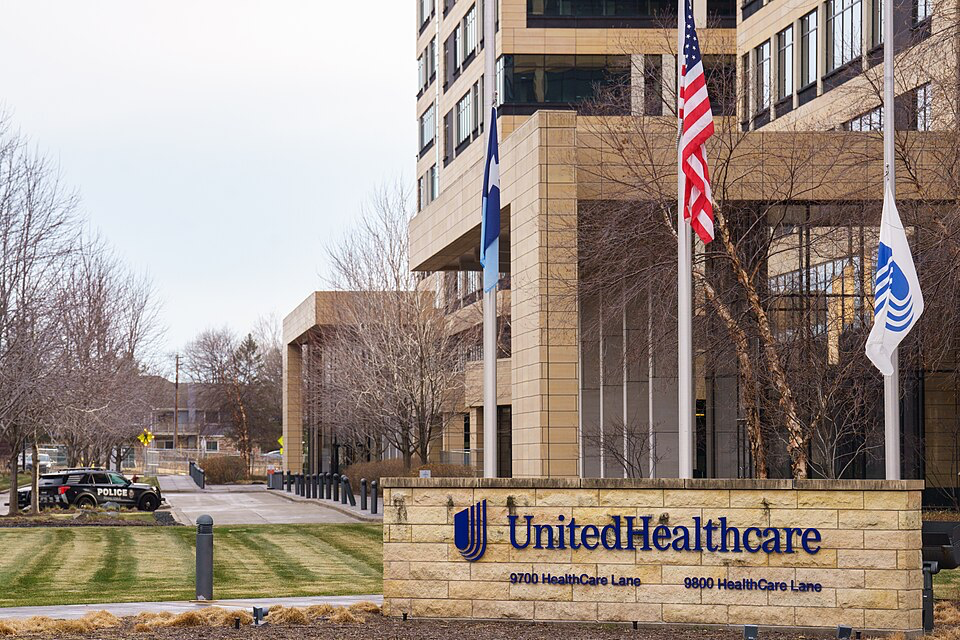
The nation’s largest health insurer, UHC, doesn’t just compete in the market. It dominates it. The company controls 15% of America’s health insurance market and covers more than 29 million people. Its parent company, UnitedHealth Group, has a market value of nearly $275 billion, making it the largest insurance company in the country. Its closest competitors control about 12% each. When you operate at this scale, every mistake affects millions of lives. Every denied claim hurts thousands of families. This massive size means that when Americans get angry about healthcare, UnitedHealthcare becomes the biggest target.
The Computer Says No Problem

The company has started using computers and artificial intelligence to decide who gets medical care and who doesn’t. The results have been devastating for patients. Between 2020 and 2022, the company increased its denial rate for after-hospital care from 10.9% to 22.7% and multiplied nursing home denials by nine times, jumping from 1.4% in 2019 to 12.6% in 2022. A major lawsuit claims the company uses an AI system that makes mistakes 90% of the time but keeps using it because executives know only 0.2% of patients will fight back when claims get denied. The Senate looked into these practices and found that major insurers were using AI to boost profits by targeting expensive but necessary care.
Read More: Study Reveals Top 10 Unhealthiest States in America
The Shooting That Changed Everything
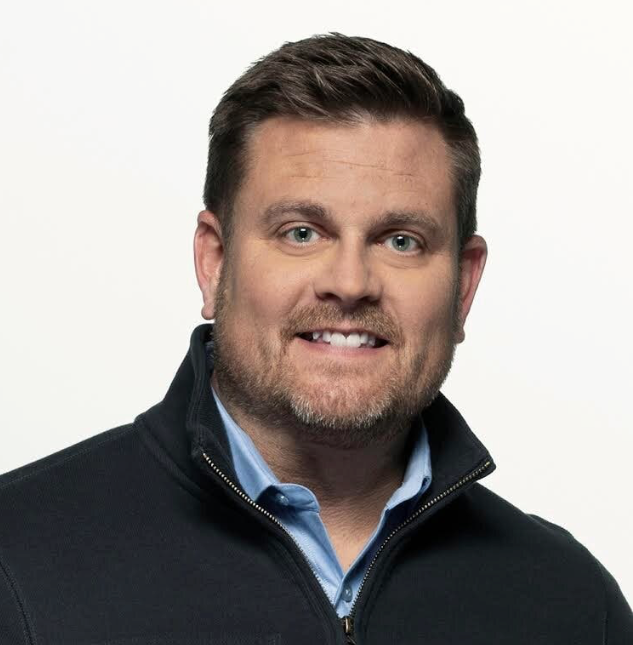
On December 4, 2024, a gunman shot and killed UnitedHealthcare CEO Brian Thompson outside a Manhattan hotel. The shooter was later identified as 26-year-old Luigi Mangione, who left a chilling message at the crime scene. Police found shell casings nearby with three words carved on them: “deny,” “defend,” and “depose.” These words represent the playbook insurance companies use to avoid paying claims.
Mangione’s notebook contained detailed plans for the killing. He described it as targeting the “annual parasitic bean-counter convention” and planned the attack with surgical precision to send a message about corporate greed in healthcare. Police believe Mangione acted out of anger over his own bad experiences with health insurance after suffering a back injury.
America’s Boiling UnitedHealthcare Rage
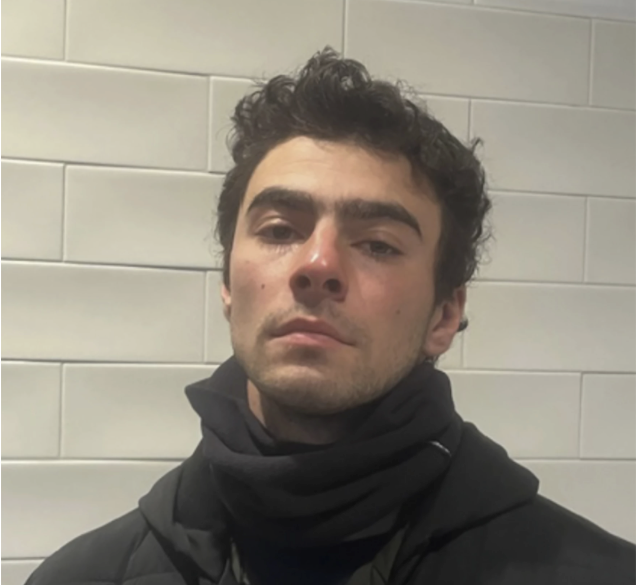
The shooting opened floodgates of anger that had been building for years. Social media exploded with stories of denied claims, delayed treatments, and financial ruin caused by medical bills. A poll showed that 10% of Americans viewed Thompson’s killer as a “hero,” with younger Americans showing especially strong support for Mangione’s actions. The reaction exposed how much people hate the current healthcare system. Many saw the shooting not as random violence, but as payback against an industry that profits from human suffering. Other insurance executives began hiring extra security, fearing they might become targets for similar attacks.
The True Cost of Getting Sick
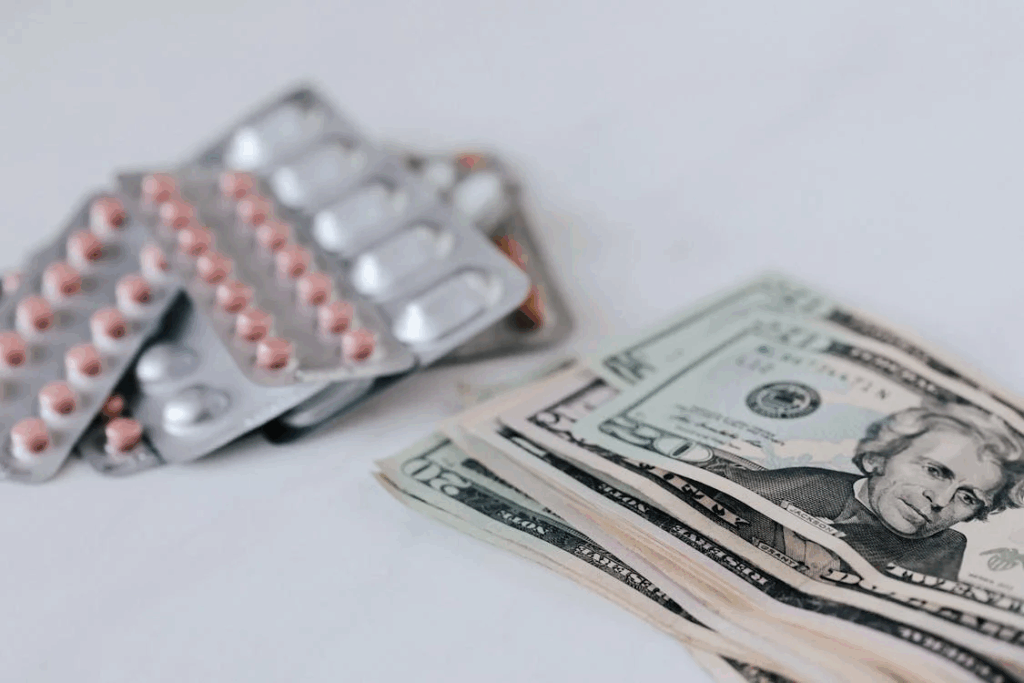
The numbers tell a frightening story about American healthcare costs. Over the past decade, insurance companies have pushed the average family deductible from $2,500 to $3,700, meaning families must pay thousands of dollars out of their own pockets before insurance even starts helping. A record-breaking 81% of Americans now say they’re unhappy with healthcare costs, the highest level of anger in 16 years.
Americans pay more for healthcare than people in any other wealthy country, yet we live shorter lives than most other developed nations. Workers pay more for insurance premiums every year while getting less coverage in return. The system has become so expensive that even people with insurance often can’t afford to use it.
When UnitedHealthcare Becomes the Enemy
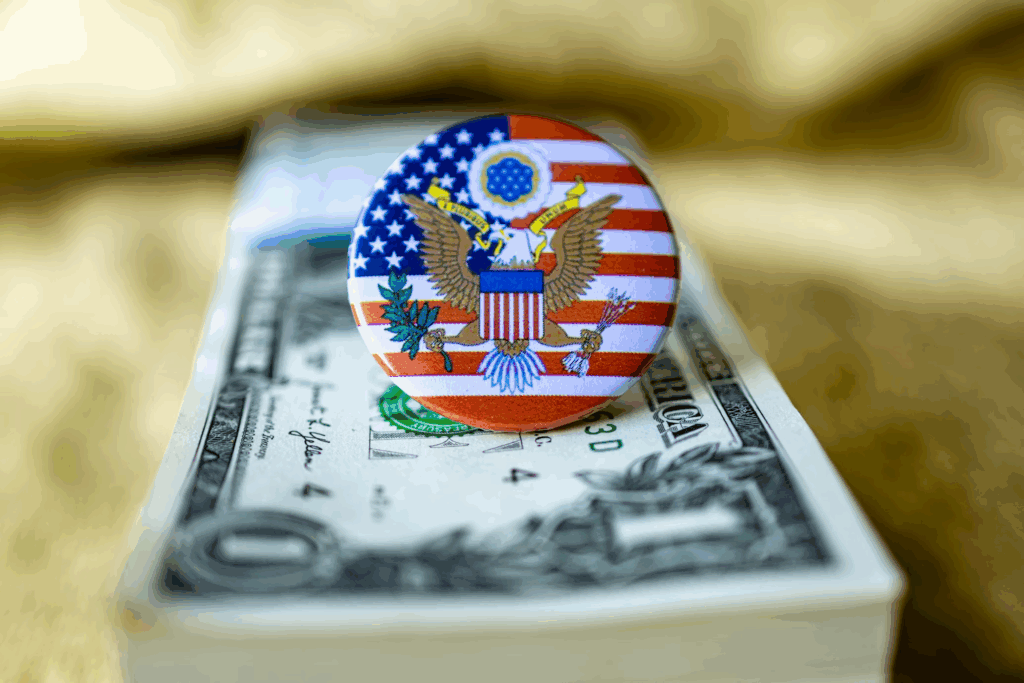
Real patients suffer because of these practices. Sue Cover spent six months battling a $1,000 billing error with the major insurer, making countless phone calls and needing help from state officials to fix a simple mistake. Another patient needed special medical sleeves costing $4,000. UHC approved them but then refused to pay because of paperwork issues. Insurance companies have increased claims denials by 31% since 2022, meaning more people hear “no” when they need medical care. The Patient Advocate Foundation reports that solving a typical case now takes 27 phone calls or emails, up from 16 in 2018.
Corporate Crisis Mode

The shooting created a corporate nightmare for UnitedHealthcare. CEO Andrew Witty stepped down citing “personal reasons.” The company pulled its 2025 earnings forecast and its stock price dropped more than 10% in the week after Thompson’s death. The company tried to defend itself by claiming it approves 90% of medical claims, but this only made people angrier. In a rare public statement, Witty admitted that the U.S. health system “is not perfect” and said that coverage decisions “are not well understood.” Millions of Americans now view them as the enemy rather than a helpful service.
The Fight for Healthcare Reform
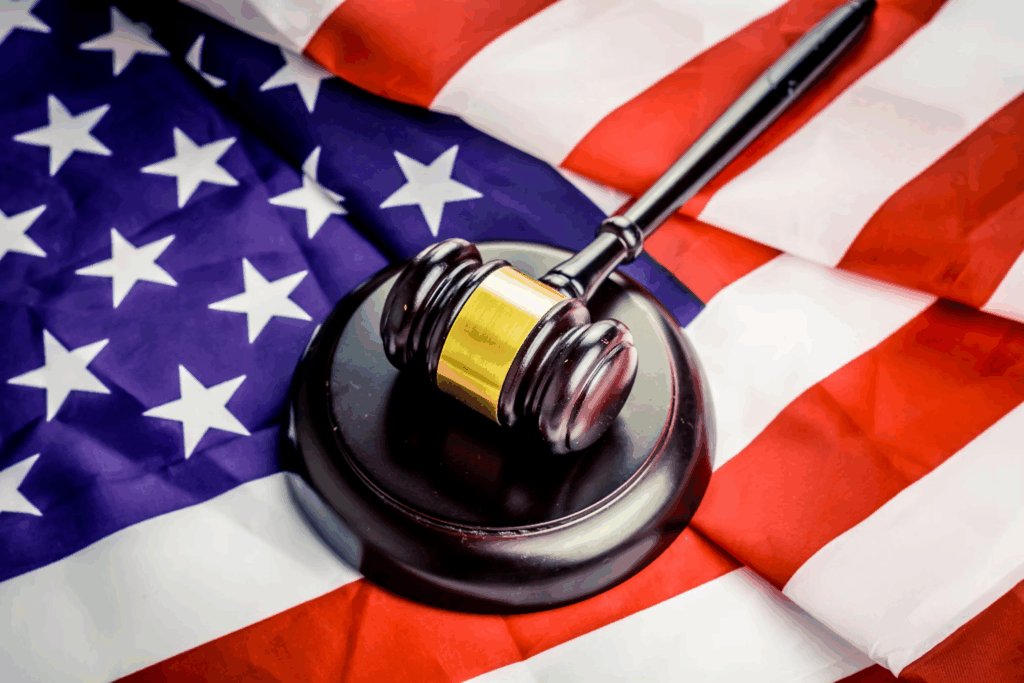
Following the UnitedHealthcare incident, experts predict this moment will force real changes to American healthcare. The combination of public anger, media attention, and political pressure has created conditions for reform that haven’t existed in years. Lawmakers are already looking more closely at the insurance industry, especially investigating how companies use AI to deny claims. Some predict that new regulations will limit how insurers can use technology to make coverage decisions. Insurance companies have enormous political power and will fight hard against reforms that could hurt their profits. The question now is whether public anger will be strong enough to overcome corporate power and create lasting change.
Read More: Insurance Denies Life-Saving Lung Transplant Just Before Procedure

